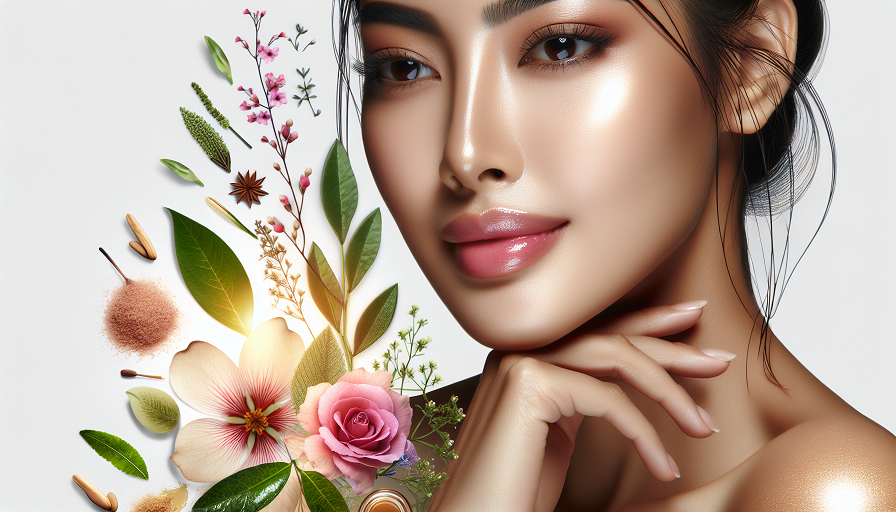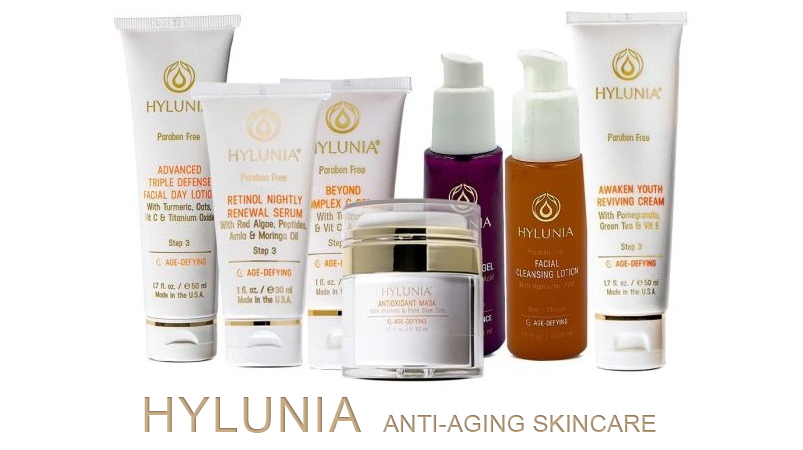
Hyperpigmentation can be a stubborn skin concern, but it’s one that can be managed with the right ingredients and consistent care. Whether your dark spots are due to sun exposure, acne scars, or age, targeting them with effective ingredients can make a noticeable difference. Here’s a guide to the best ingredients for fading hyperpigmentation and bringing your skin back to a more even tone.
Contents
Understanding Hyperpigmentation
Hyperpigmentation is a common condition that causes certain areas of the skin to darken. This happens when excess melanin (the pigment responsible for skin color) is produced in these areas. Hyperpigmentation can be triggered by factors such as sun exposure, hormonal changes, or inflammation from acne.
Types of Hyperpigmentation
- Sunspots: Also known as age spots or liver spots, these appear due to long-term sun exposure and are common on areas frequently exposed to the sun.
- Post-Inflammatory Hyperpigmentation (PIH): These spots appear after skin inflammation, such as acne or injury, and are usually temporary.
- Melasma: Melasma causes larger, dark patches and is often influenced by hormonal changes or sun exposure, commonly affecting women.
Top Ingredients to Fade Dark Spots
Targeting hyperpigmentation requires ingredients that either inhibit melanin production or gently exfoliate to reveal brighter skin. Here are some of the most effective options to look for in your skincare products.
Vitamin C
Vitamin C is a powerful antioxidant known for its brightening effects. It interferes with melanin production, which helps fade dark spots over time. Plus, it provides protection against free radicals, which can prevent future pigmentation.
How to Use Vitamin C
Look for a serum with a stable form of Vitamin C, like ascorbic acid, and use it in the morning under sunscreen. Vitamin C can be sensitive to sunlight, so always store it in a cool, dark place to maintain its potency.
Niacinamide
Niacinamide, a form of vitamin B3, is gentle on the skin and effective at reducing the appearance of dark spots. It works by slowing down the transfer of melanin to the skin’s surface, which can help prevent hyperpigmentation from worsening.
How to Use Niacinamide
Niacinamide can be used both morning and night and is often combined with other ingredients to enhance its effectiveness. It pairs well with vitamin C for a double-duty approach to fading dark spots.
Alpha Arbutin
Alpha arbutin is a naturally derived ingredient that inhibits melanin production without being harsh on the skin. Known as a safer alternative to hydroquinone, alpha arbutin is effective for targeting dark spots and uneven skin tone.
How to Use Alpha Arbutin
Alpha arbutin works well when layered with other brightening ingredients. You can find it in serums or spot treatments, and it’s safe to use twice a day.
Exfoliating Ingredients to Speed Up Results
Exfoliating ingredients help remove the top layer of dead skin cells, allowing newer, brighter skin to come to the surface. Using these ingredients carefully can complement your brightening routine.
Glycolic Acid
Glycolic acid is an alpha hydroxy acid (AHA) derived from sugarcane. It gently exfoliates the skin’s surface, which helps fade dark spots faster. Glycolic acid also boosts collagen production, improving skin texture over time.
How to Use Glycolic Acid
Incorporate glycolic acid into your routine once or twice a week, depending on your skin’s tolerance. Look for it in toners, serums, or peels, but avoid using it on the same day as retinol or vitamin C to prevent irritation.
Lactic Acid
Lactic acid is another AHA that’s milder than glycolic acid, making it suitable for sensitive skin. It not only exfoliates but also hydrates, which can help maintain a healthy skin barrier while working on pigmentation.
How to Use Lactic Acid
Lactic acid can be used in serums or overnight treatments. Start with a low concentration and gradually increase if your skin tolerates it well. Like glycolic acid, lactic acid should not be mixed with retinoids or strong vitamin C.
Potent Treatments for Stubborn Spots
For darker or more persistent spots, stronger ingredients can be useful. These treatments should be used carefully to avoid irritation and are best introduced slowly.
Retinoids
Retinoids, including retinol, are powerful ingredients that accelerate skin cell turnover, which helps fade dark spots and smooth skin. They also boost collagen production, which can reduce fine lines.
How to Use Retinoids
Use retinoids at night, as they make the skin more sensitive to sunlight. Start with a low concentration, applying it 1-2 times a week, and increase gradually. Always use sunscreen during the day when using retinoids.
Kojic Acid
Kojic acid is derived from fungi and works by inhibiting the enzyme responsible for melanin production. It’s commonly found in spot treatments and serums and is effective in treating post-inflammatory hyperpigmentation.
How to Use Kojic Acid
Kojic acid can be applied directly to dark spots or used across the face in a low concentration serum. Avoid layering it with other strong actives, as it can be irritating for some skin types.
Building a Hyperpigmentation-Focused Skincare Routine
Consistency is key when it comes to fading dark spots. Here’s a simple routine to incorporate these brightening and exfoliating ingredients effectively.
Morning Routine
1. Cleanser: Start with a gentle cleanser to prepare your skin for treatment.
2. Serum: Apply a brightening serum with vitamin C or niacinamide.
3. Moisturizer: Use a hydrating moisturizer to support your skin barrier.
4. Sunscreen: Finish with a broad-spectrum sunscreen with at least SPF 30 to protect against further pigmentation.
Evening Routine
1. Cleanser: Cleanse to remove impurities and makeup.
2. Treatment: Use a serum or treatment with glycolic acid, lactic acid, or alpha arbutin to target dark spots.
3. Moisturizer: Finish with a gentle, fragrance-free moisturizer to keep skin hydrated overnight.
4. Retinoid (optional): Apply a retinoid a few nights a week for additional cell turnover.
Additional Tips for Managing Hyperpigmentation
While products are essential, your daily habits also play a big role in managing dark spots. Here are some tips to complement your skincare routine.
Always Wear Sunscreen
Sun exposure is one of the biggest causes of hyperpigmentation, so protecting your skin with sunscreen is crucial. Even on cloudy days, UV rays can worsen dark spots, making your efforts less effective.
Avoid Picking at Your Skin
Picking or squeezing blemishes can worsen hyperpigmentation and lead to scars. Letting your skin heal naturally will reduce the chance of dark marks forming after a breakout.
Be Patient
Hyperpigmentation doesn’t disappear overnight. With consistent use of brightening ingredients and good habits, you’ll start to see gradual improvement. Stick with your routine, and remember that fading dark spots takes time.
With the right ingredients and a steady routine, managing hyperpigmentation is achievable. By targeting your dark spots with effective, skin-loving ingredients, you can bring back your skin’s natural radiance.

